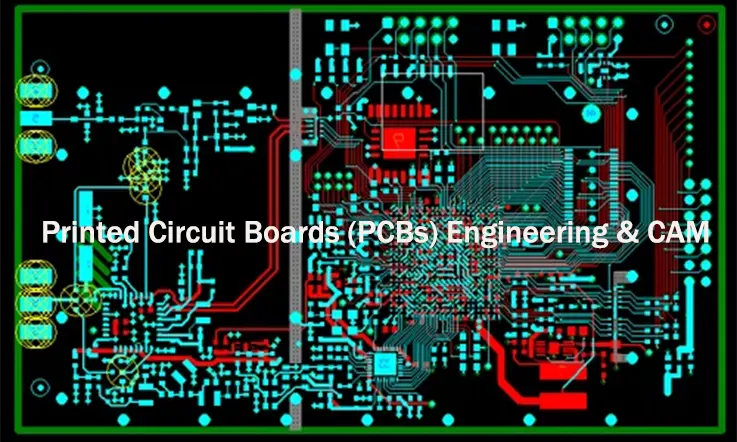
Printed Circuit Board (PCB) engineering and Computer-Aided Manufacturing (CAM) are like the bread and butter of modern electronics production. Every gadget, from smartphones to aerospace control systems, depends on PCBs that are precisely designed and flawlessly manufactured. But here’s the catch—getting a PCB from design to reality isn’t just about placing components on a board. […]
Read more
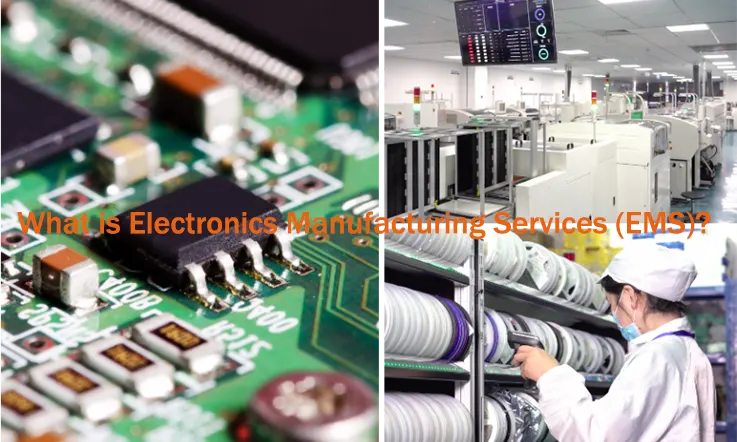
Electronics Manufacturing Services (EMS) power industries ranging from consumer electronics to aerospace, medical devices, and industrial automation. As technology advances, manufacturers are integrating cutting-edge processes such as high-density interconnect (HDI) PCBs, rigid-flex circuits, lead-free soldering, AI-driven quality inspection, and 5G-enabled automation to keep up with evolving market demands. In EMS, PCB manufacturing involves material selection, […]
Read more
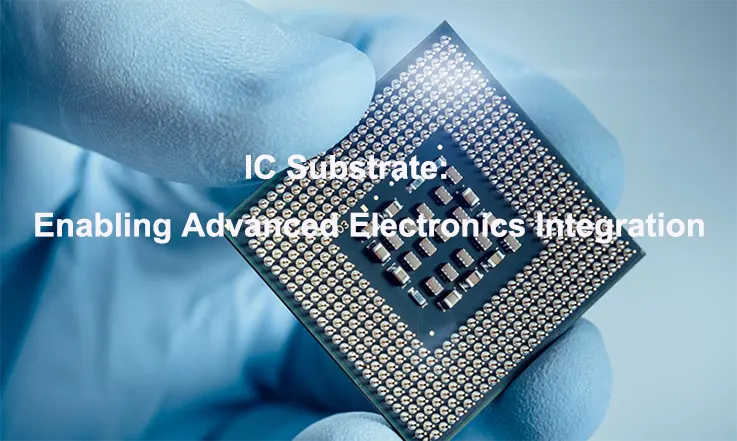
IC substrates form the foundation that connects semiconductor components to complex circuit boards. As industries like AI, IoT, 5G, and high-performance computing (HPC) continue to push for faster and more efficient devices, these substrates help ensure that the final products meet the demands of high performance, reliability, and compact design. This comprehensive guide offers an […]
Read more
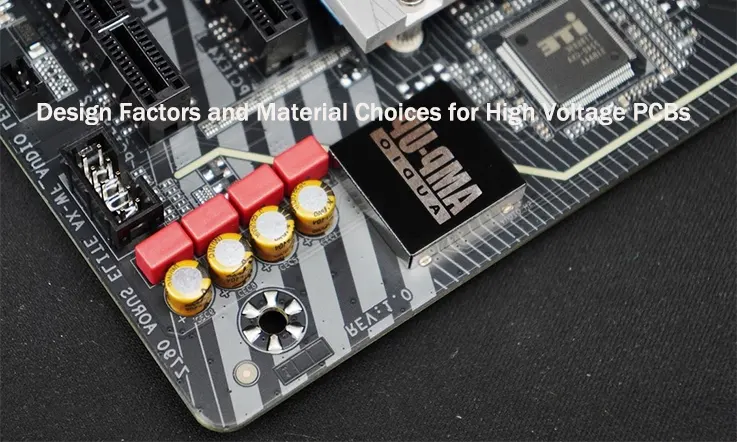
High Voltage Printed Circuit Boards (PCBs) are widely used in sectors that require high electrical power and reliability, including renewable energy, electric vehicles, and power electronics. These PCBs are specifically designed to handle higher voltages and current levels, while ensuring electrical safety and long-lasting performance. With technological progress and the increasing need for reliable, high-performance […]
Read more
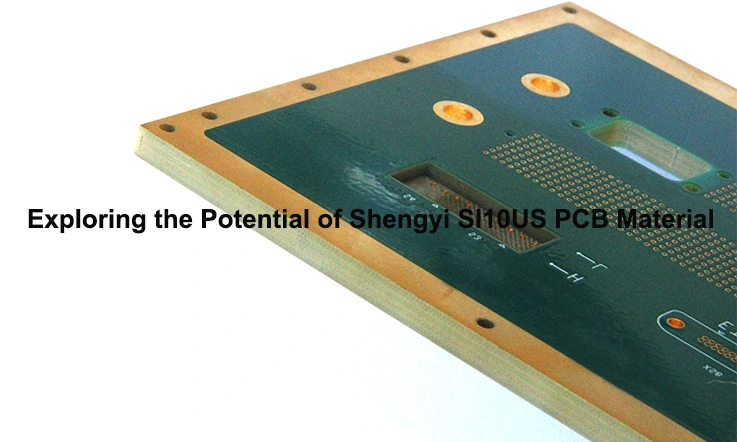
With the increasing need for high-performance electronics, selecting the appropriate PCB material plays a core role in optimizing both functionality and cost. Shengyi SI10US PCB Material is gaining attention for its ability to handle high-frequency applications such as 5G infrastructure, automotive electronics, and microwave communications. With its low dielectric loss, thermal stability, and mechanical resilience, it […]
Read more
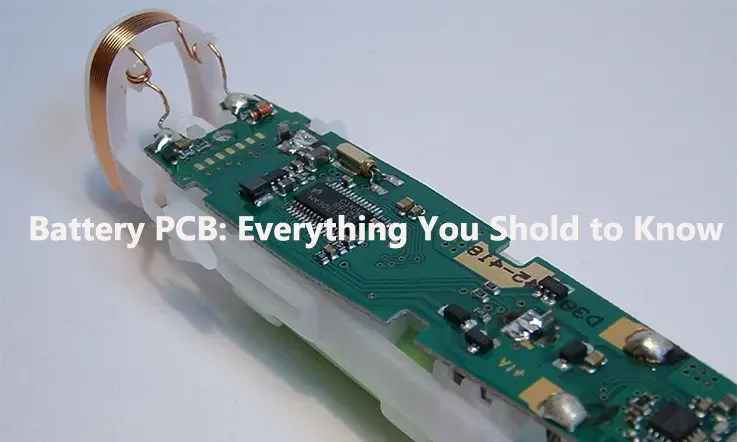
The technology landscape is in a state of constant change, and this is especially true for Battery PCB design. As industries continue to push the boundaries of what’s possible, the demand for Battery PCBs that deliver high efficiency, exceptional durability, and advanced features is becoming more pronounced. This article will take a closer look at […]
Read more
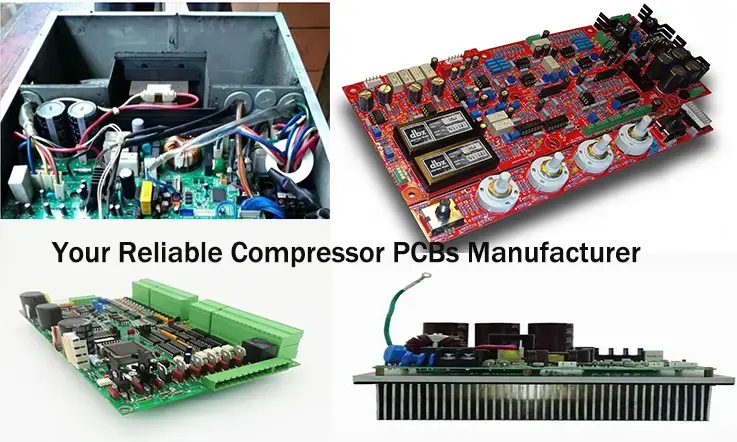
Compressor PCBs (Printed Circuit Boards) play an integral role in the functionality of various compressor systems, from refrigeration units to air conditioning and industrial applications. These specialized PCBs are designed to manage electrical control, ensure precise operation, and maintain the efficiency of compressors in different environments. The process of designing and manufacturing compressor PCBs involves […]
Read more
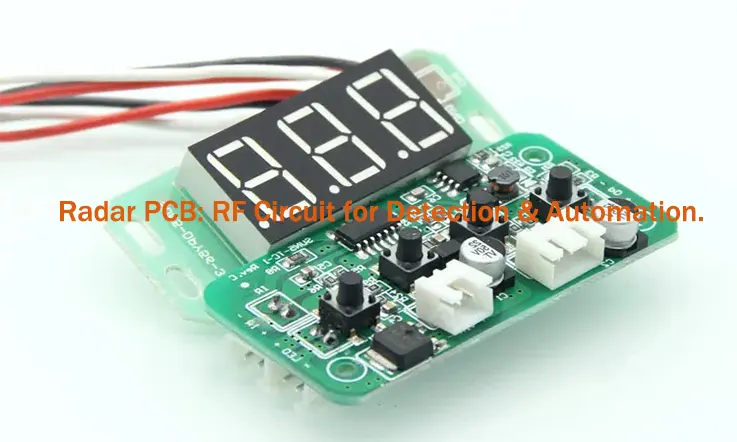
Radar Printed Circuit Boards (PCBs) play a pivotal role in the function of radar systems used for signal detection and processing across various industries. From defense and aerospace to automotive, these specialized boards support the processing of high-frequency RF circuits in environments that require precision. Whether in air traffic control, weather monitoring, or collision avoidance, […]
Read more
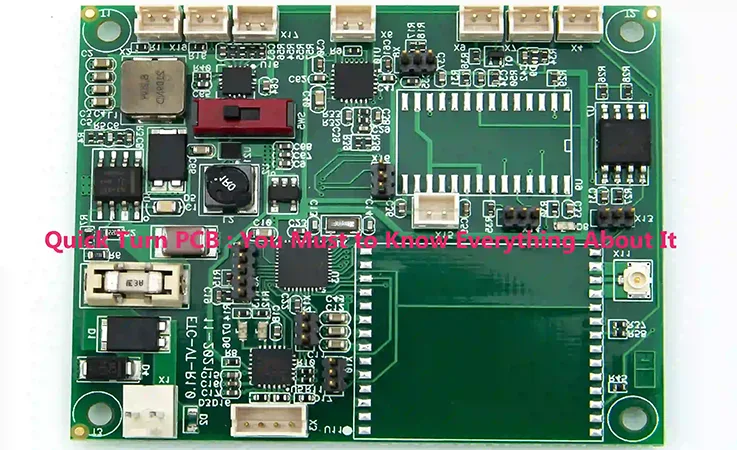
Introduction: The Growing Demand for Quick Turn PCB in Modern Electronics The landscape of electronics manufacturing has evolved significantly over the past decade. What was once a slow and cumbersome process involving lengthy production cycles and high costs has now been revolutionized by Quick Turn PCB services. This shift is driven by the ever-increasing need […]
Read more
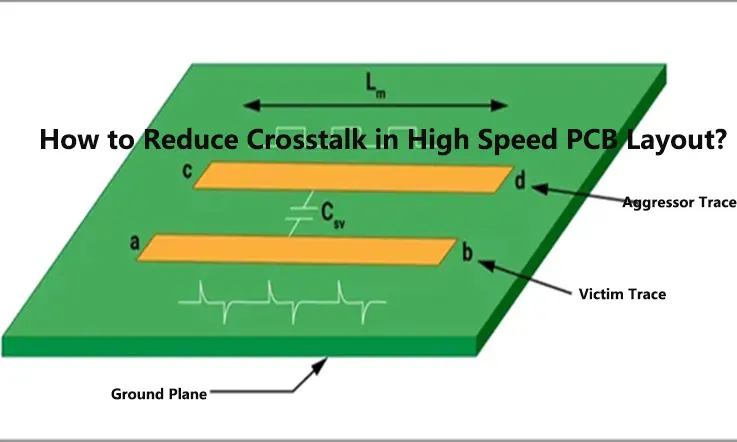
Designing high-speed PCBs is a journey where one small misstep can throw your entire signal integrity into chaos. Among the gremlins hiding in these designs, crosstalk stands out as one of the most challenging, capable of turning crisp, clear signals into garbled noise. Crosstalk happens when electrical signals in one trace or wire inadvertently interfere […]
Read more









